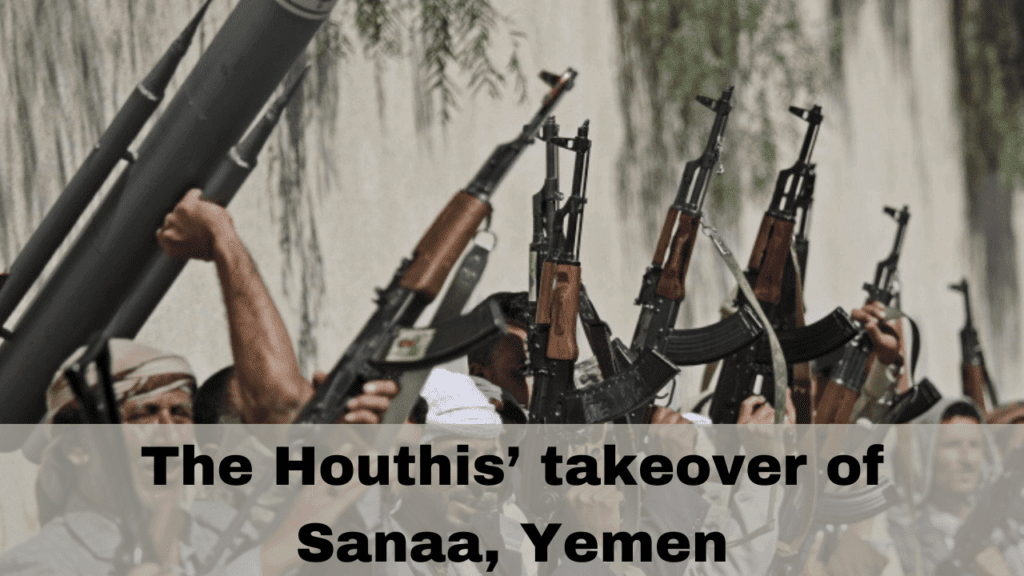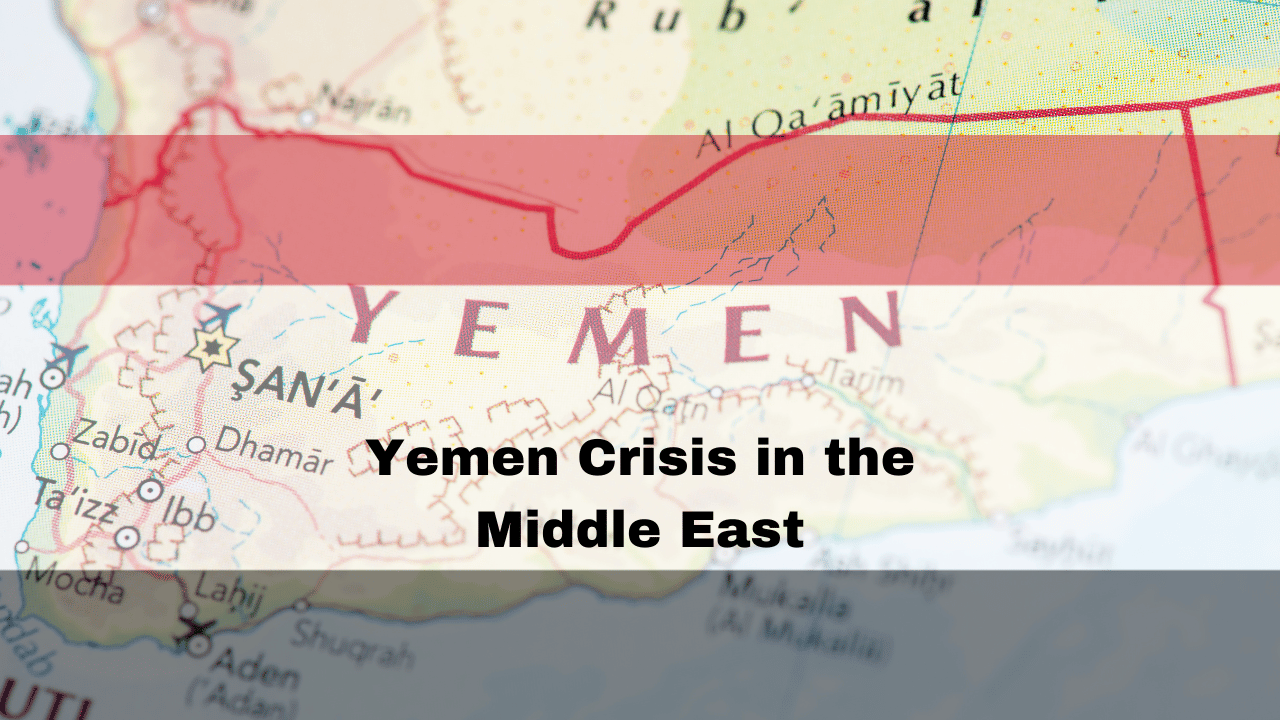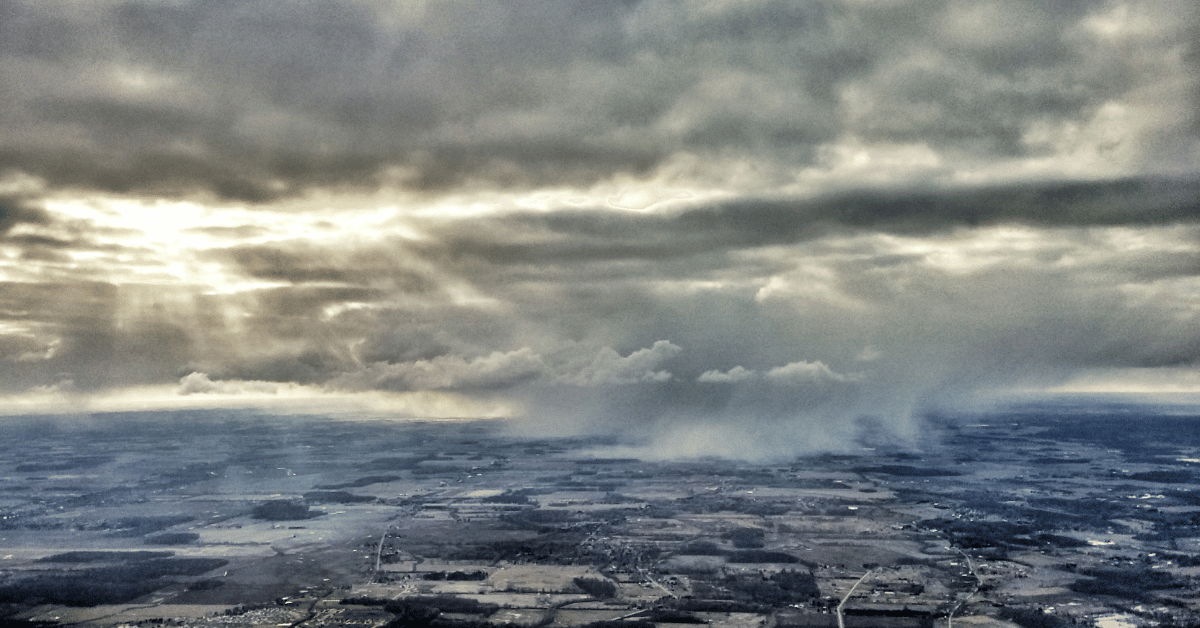Yemen Crisis is one of the major reasons for the instability of the Middle East and a blatant proof of human rights violations.
Brief History of Yemen
Yemen is a nation that can be found in both Western Asia and the Southern Arabian Peninsula. Its Northern border meets with Saudi Arabia, the North-Eastern border meets with Oman, and maritime borders with Djibouti, Somalia, and Eritrea. Yemen has struggled with disparities in religion and culture between its northern and southern regions. Roughly, 60% population is Sunni and 40% population is Shia.
Modern Yemen
The Yemen “Arab Republic in the north, backed by the United States, and the People’s Republic of Yemen in the south, backed by the Soviet Union”, were merged to create modern Yemen. 1990 saw the collapse of the Soviet Union. As the ruler of North Yemen and a military officer, Ali Abdullah Saleh was elected president of Yemen. Faultlines continued to emerge despite the Soviet Union’s fall.
Revolt against the Government
Soon after the unification, a civil war broke out in the South. Leaders of the Southern part of Yemen declared the unification void and demanded a separate sovereign state. However, this revolt was nipped in the bud successfully by expelling most of its leaders out of the country. Unity was maintained by hook or crook, but grievances remained in the public of the South.
Southern Movement in Yemen
Many people believed that the government is corrupt. There is nepotism. A huge number of civil and military employees were forced to early resignation and given low pensions. Government-affiliated people were employed in those positions. Many were of the view that their natural resources were being exploited. They believed in cultural and social differences too. In 2007, unpaid pensioners demonstrated small protests and demanded better rights. They demanded the end of political and economic marginalization of the South. Gradually, protests and their demands grew culminating in the demand for the separation of the South. The government responded to these sittings with heavy hands and called them ‘apostates of the state’. Rising the South Yemen flag was considered a crime. 100 people were killed in this movement during 2007-2009.
Some Other Factions in Yemen Crisis
There are two other factions in Yemen that have their own interests. Al-Qaeda and the Houthis. Al-Qaeda is a terrorist organization and the Houthis recently declared as a terrorist organization, aiming at protecting Shia’s rights in Yemen.
Current Conflict in Yemen
The Arab Spring gave birth to rallies and protests against the president of Yemen Abdullah Saleh who was allegedly running a corrupt and autocratic government. After getting assurances of impunity from prosecution, Saleh resigned in 2012 in response to mounting internal and international pressure. In a transfer “mediated by the Gulf Cooperation Council”, “his vice president”, “Abd Rabbu Mansour Hadi”, took over “as interim president”.
656 delegates attended a National Dialogue Conference (NDC) hosted by the UN “in 2013 to draught a new constitution that would be acceptable to Yemen’s factions”. They are unable to settle arguments regarding the breakdown of authority. All of the sides couldn’t agree on any of the answers.
The Houthis’ Takeover of Sanaa, Yemen

In 2014, the Houthis’ reneged on the UN peace deal and captured the capital of Yemen, Sanaa. The Houthis movement got huge support from the public as it demanded lower fuel prices from the new government. Having captured the capital, Houthis started advancement towards the south. Hadi’s government resigned under pressure and fled to Saudi Arabia.
Emergence of Blocs
To counter the Houthis, Saudi Arabia formed a coalition of Sunni-majority Muslim states including Qatar, Jordan, Kuwait, Morocco, the UAE, Sudan, and Egypt. Even forces from Pakistan and Eritrea were also included. The coalition launched an air campaign to reinstate Hadi’s government. Other countries such as France, Germany, and the UK are also supporting the Saudi-led coalition. On the other hand, the Houthis are being supported by Iran and Hezbollah which is a Lebanese Shia armed organization.
Where Does the US Stand in Yemen Crisis?
The US has always been supporting the government as the opponents are either Houthis, a group backed by Iran, or AL-Qaeda, a terrorist organization that conducted the 9\11 attack. Since 2000, the US has provided Yemen with more than $850 million in military aid. However, Biden’s government has announced that America will support dialogues only, no money, no weapons.
The Houthis are being Offensive
A kind of US withdrawal from the battlefield has encouraged Houthis to be offensive. The coalition forces are recapturing the regions occupied by the Houthis. This has made Houthis this offensive.
Why all this is happening so far?
The intra-country conflict has turned into a regional and religious conflict. As there are two blocs. One is led by Saudi, a Sunni-majority Muslim state, and the, other by Iran, a Shi’a-majority Muslim state. If Houthis successfully form a shi’s government in Yemen, other Sunni-majority Muslim states will be surrounded by two Shia-majority countries, Iran and Yemen which will pose an acute security threat to these states.





2 Comments on “Yemen Crisis in the Middle East”